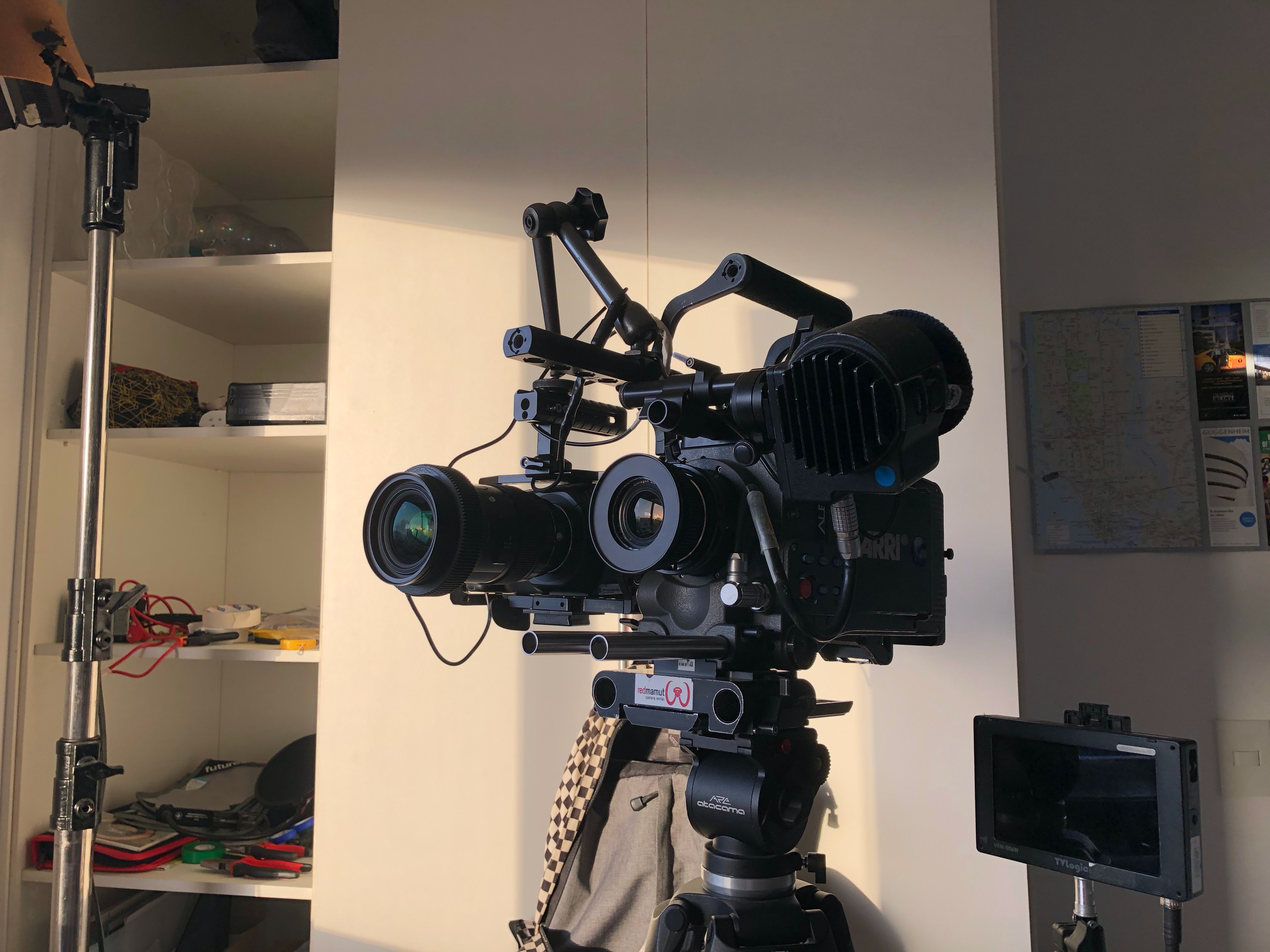How is Offscreen Space in Film Used?
The use of offscreen space in film represents a unique opportunity for the filmmaker to create a heightened sense of drama while engaging the audience as they become increasingly aware of something that is occurring outside the frame. Offscreen space in film is used in a number of different ways, largely depending on the narrative and the desired connections that the filmmaker is seeking to create between the subject and the audience. As we look at the concept of offscreen space in film, you’re probably wondering, ‘How is offscreen space in film used, and what’s the overall purpose?”

What is Offscreen Space in Film?
Offscreen space in film is represented by the elements that are not within the frame of the camera. Unlike mise-en-scene which includes all of the viewable elements of the scene, offscreen space includes those elements which are recognized as part of the scene but which are not physically evident within the frame. These may be things like another character, or an object, that the audience is aware of, but which is just outside the viewable area of the frame and thus cannot be seen.
How is Offscreen Space in Film Used?

Offscreen space in film is used as a means of conveying information without deliberately showing the audience the information in full. It can be used to create a humorous effect in a comedy, to create a dramatic impact in a romance film, or to elicit fear in a horror film.
Offscreen space really has a variety of different potential uses, and can be used to greatly improve the overall storytelling nature of the film. But why wouldn’t the filmmaker just let the audience actually SEE what they think is occurring off-screen?
This is primarily because the use of offscreen space to create the desired audience connections can be much more affordable, and easier to achieve, than creating costumes, sets, and special effects that would be required if on screen elements were incorporated.
Why is Offscreen Space Important?
As you can see, offscreen space in film is used in a variety of different ways. Primarily, offscreen space is important to the storytelling nature of the film and helps to further push the narrative along. The filmmaker has full control over what the audience is able to see, and how they see it as well as what they cannot see but may recognize as being present in some other manner. Through the use of offscreen space in film, the filmmaker is able to cause the audience to question what comes next, to become anxious or otherwise excited about what’s about to happen, or to otherwise feel more invested in the story.
Offscreen space is equally as important as onscreen space in film because it further helps to build the narrative in such a way that the audience is invested in the story. Offscreen space can increase the overall dramatic appeal of the film, as the audience knows that something is there, and that something is bound to happen but they just can’t quite see what it is.
